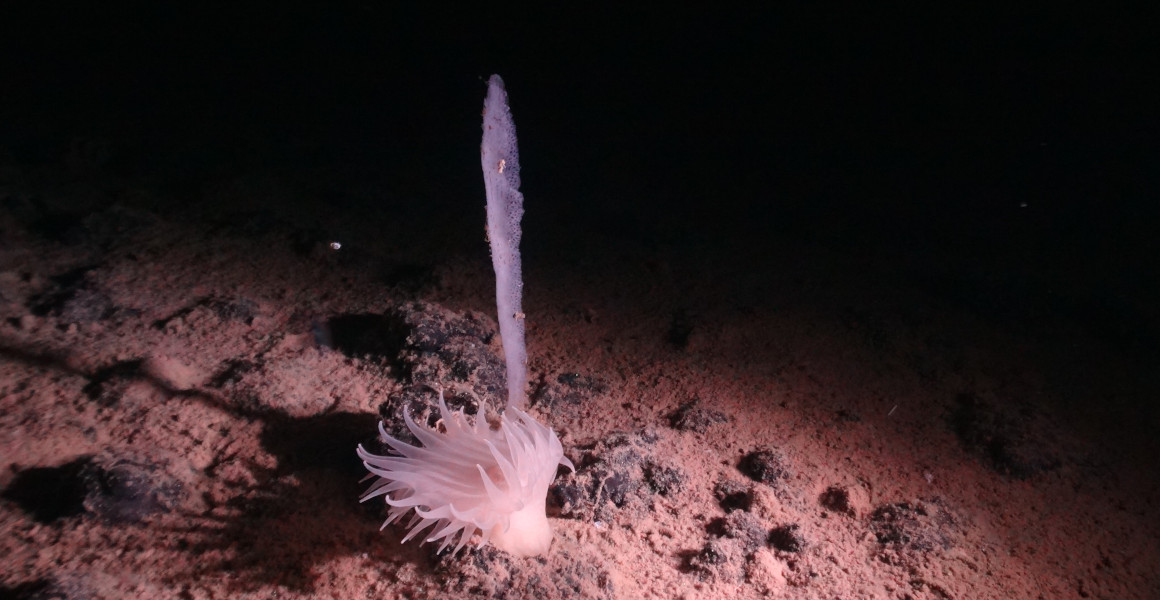Randy Holmes-Farley
Reef Chemist
View Badges
Staff member
Super Moderator
Excellence Award
Expert Contributor
Article Contributor
R2R Research
My Tank Thread
- Joined
- Sep 5, 2014
- Messages
- 67,430
- Reaction score
- 63,791
Reef Chemistry Question of the Day 294
The CCD is a chemically-related aspect of the ocean that has strong implications for organisms that form calcium carbonate skeletons or shells.
What is the CCD?
1. Calcium Coupling Density
2. Calcite Concretion Demineralization
3. Carbonate Compensation Depth
4. Calcium Constricted Dissolution
Good luck!
Previous Reef Chemistry Question of the Day:

 www.reef2reef.com
www.reef2reef.com
The CCD is a chemically-related aspect of the ocean that has strong implications for organisms that form calcium carbonate skeletons or shells.
What is the CCD?
1. Calcium Coupling Density
2. Calcite Concretion Demineralization
3. Carbonate Compensation Depth
4. Calcium Constricted Dissolution
Good luck!
Previous Reef Chemistry Question of the Day:

Reef Chemistry Question of the Day 293: Let's Count Ions!
Reef Chemistry Question of the Day 293 The number of ions in a reef tank is truly mind boggling. In 100 gallons of seawater, there are about 255,000,000,000,000,000,000,000,000 individual ions. Let's count them one by one! Someone had to do it, right? How else would we know? OK, we'll...
 www.reef2reef.com
www.reef2reef.com















